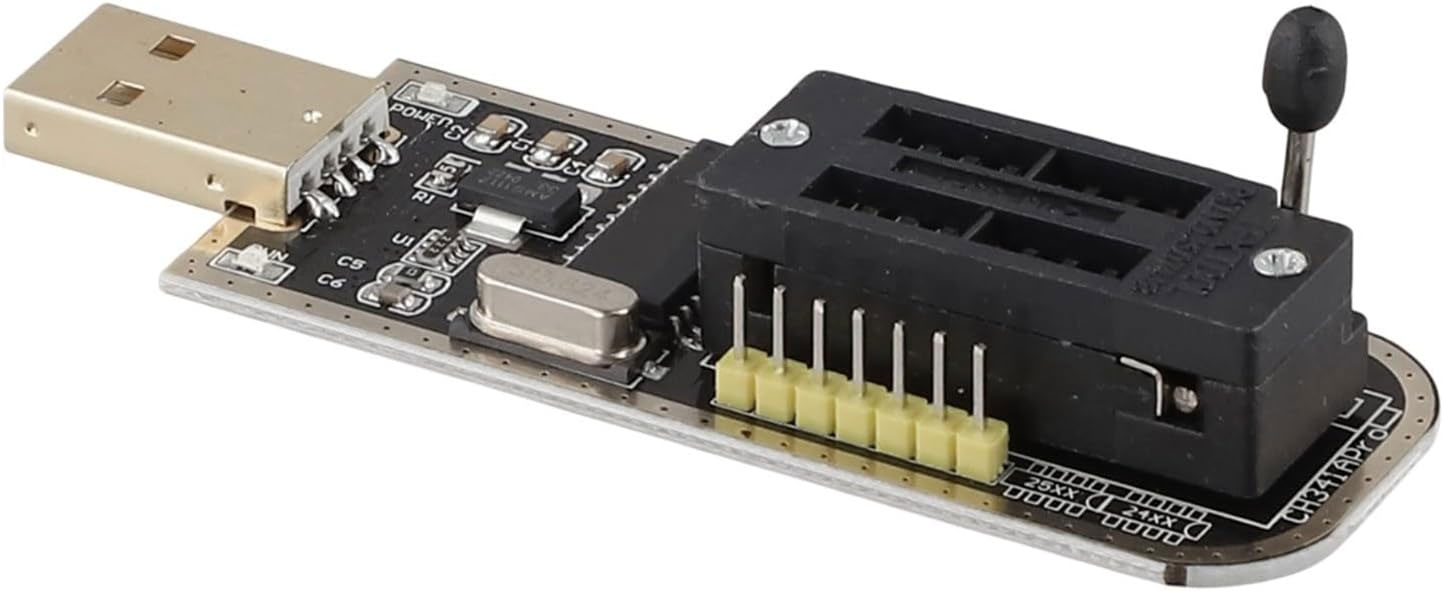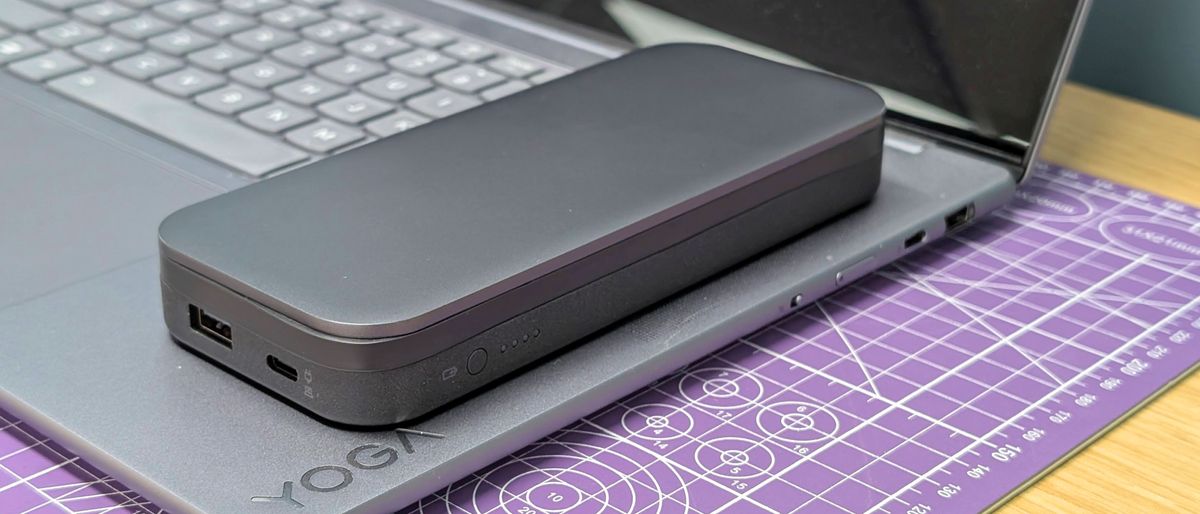A PC enthusiast has used ChatGPT to circumvent the Factory Reset Protection (FRP) features of a used tablet. Thanks to OpenAI’s chatbot (and BIOS programmer hardware), XDA forums member Deskmodder then managed to update the obsolete Android 6.0-powered Panasonic ToughPad FZ-A2 tablet’s UEFI BIOS and install Windows 10 and Linux Mint. It is good to see barriers to the re-use of serviceable old hardware being eradicated.
FRP protection sidestepped
Above, we mentioned that the ruggedized Panasonic tablet was saddled with a rather old version of Android. However, this device was in some ways tamper-proof due to it being locked with Factory Reset Protection (FRP).
FRP is most commonly used in securing Android devices, and means that the original credentials need to be input to reset it. It works as a basic security measure to restrict significant changes to administrators and prevent stolen devices being easily wiped and resold. Second hand devices should be reset by the previous owner/administrator before being passed on, but obviously this doesn’t always happen.
Deskmodder seems to have been aware of the device’s FRP lock, but explains “seeing that it has an Intel CPU (Atom X5 8550) and a traditional x86 UEFI BIOS, I thought I'd try to hack it to run something else.” That’s the spirit.
With ChatGPT and a CH341A flash programmer at hand, the intrepid modder went through the following process:
- The CH341A was used to dump the Panasonic’s BIOS.
- The dumped bios was uploaded to ChatGPT with instructions to completely disable SecureBoot and its proprietary keys.
- The GPT-modified BIOS was flashed back to the device.
- Fingers were crossed... and it worked!
- OS wrangling ensues, various compatibility wrinkles are being ironed out.
The system tinkering enthusiast has also shared their original ChatGPT conversation for the BIOS hacking, if you are interested enough in the process.
We note that Deskmodder has moved onto new milestone since their original post where Linux Mint was successfully shoehorned onto the ToughPad. Specifically, they have managed to get “Windows 10 up and running.” Sadly, at the time of writing they are still reporting a handful of driver issues.

Wider implications
Deskmodder’s tale raises the possibility of making better use of old firmware-locked PCs. That is, unless the AI just ‘got lucky’ in this case, despite the enthusiast asserting there was “no information on the hack I did online, and I may be the first to attempt this.”
Used marketplaces are littered with ex-corporate laptops, with effective re-use hampered by forgotten firmware passwords. Some models/generations of devices can be bought and unlocked using known patching tools, but there are plenty that aren't patchable to unlocked firmware versions yet. It would be good if these products could be reused more effectively thanks to AI tools. Many devices seem too good to be recycled for spares or scrap.
Follow Tom's Hardware on Google News to get our up-to-date news, analysis, and reviews in your feeds. Make sure to click the Follow button.

 5 months ago
17
5 months ago
17









 English (US) ·
English (US) ·